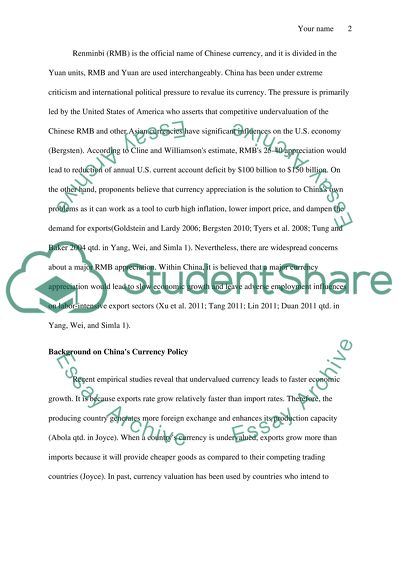Cite this document
(“Why China wants RMB currency undervalued Essay Example | Topics and Well Written Essays - 2750 words”, n.d.)
Retrieved from https://studentshare.org/macro-microeconomics/1398126-why-china-wants-rmb-currency-undervalued
Retrieved from https://studentshare.org/macro-microeconomics/1398126-why-china-wants-rmb-currency-undervalued
(Why China Wants RMB Currency Undervalued Essay Example | Topics and Well Written Essays - 2750 Words)
https://studentshare.org/macro-microeconomics/1398126-why-china-wants-rmb-currency-undervalued.
https://studentshare.org/macro-microeconomics/1398126-why-china-wants-rmb-currency-undervalued.
“Why China Wants RMB Currency Undervalued Essay Example | Topics and Well Written Essays - 2750 Words”, n.d. https://studentshare.org/macro-microeconomics/1398126-why-china-wants-rmb-currency-undervalued.


